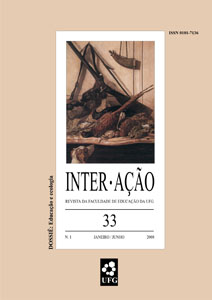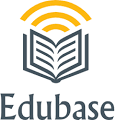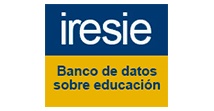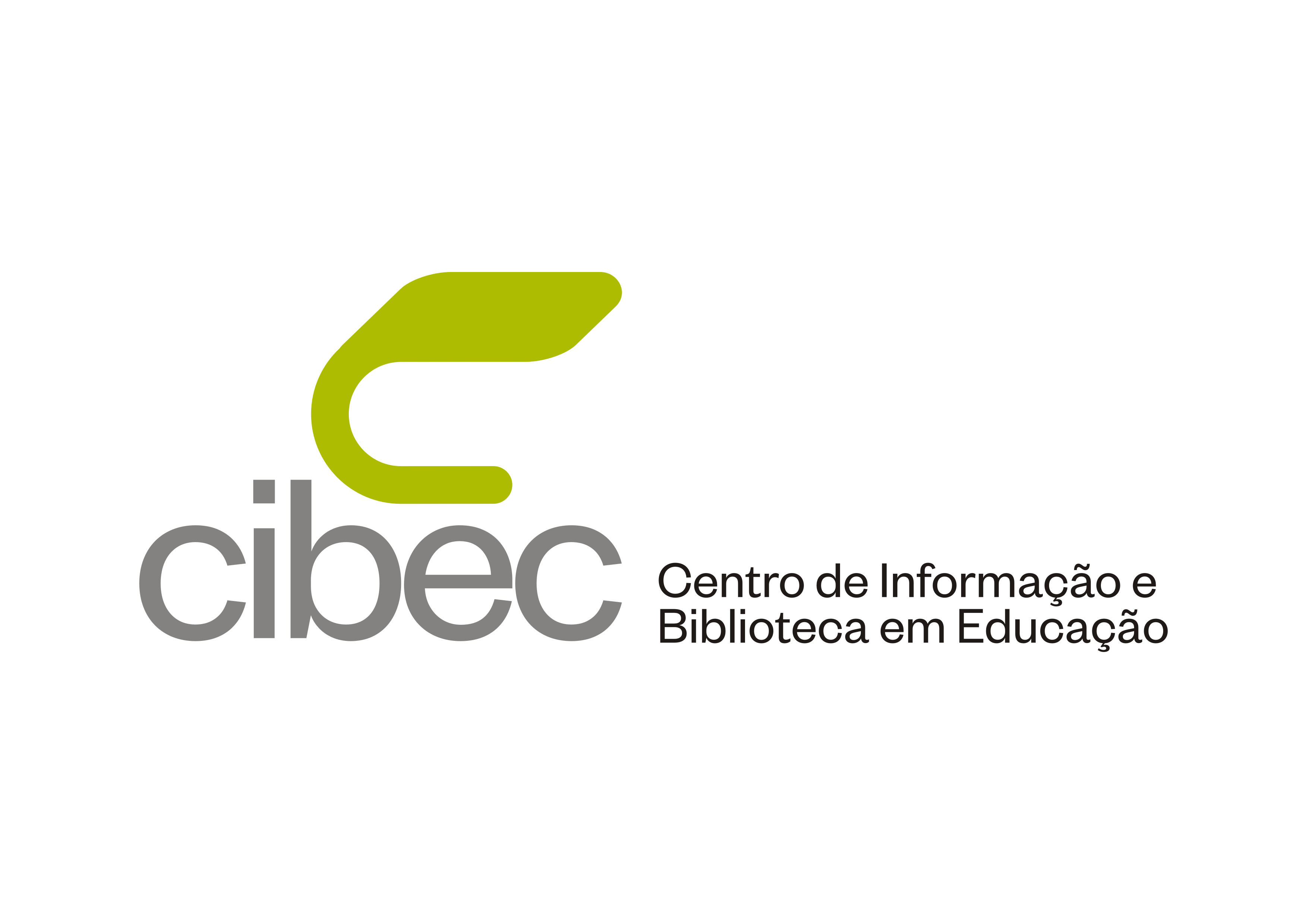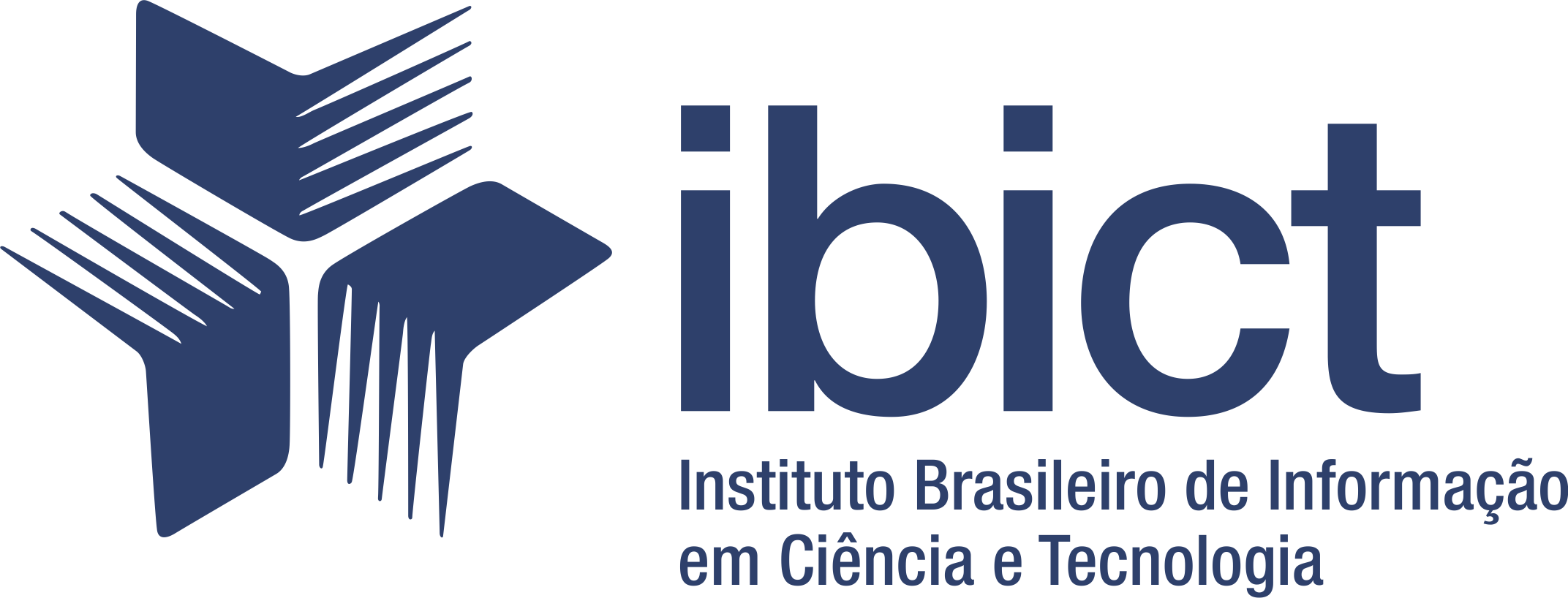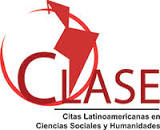Exclusión e inclusión en la iducación superior: el caso de las universidades interculturales En México
DOI:
https://doi.org/10.5216/ia.v33i1.4255Abstract
Al igual que en la mayoría de los países latinoamericanos, el acceso a la educación superior en México es todavía un privilegio. En la actualidad, sólo uno de cada cuatro jóvenes entre 19 y 23 años está inscrito en alguna institución de educación superior (IES). Esta proporción es aún menor al nivel estatal, ya que mientras los porcentajes de algunos estados del norte y del centro del país son considerablemente altos, los correspondientes a los estados del sur, caracterizados por sus altos niveles de población indígena, son muy bajos. Esta última población, representa un 10 por ciento del total de habitantes, la mayoría de los cuales viven en comunidades rurales y, muchas veces, aisladas. Si la sociedad mexicana fuera igualitaria, debería haber un 10 por ciento de estudiantes indígenas asistiendo a alguna IES, pero ello no es así. Una de las más recientes iniciativas del gobierno mexicano para enfrentar esta situación, ha sido la creación de las Universidades Interculturales, en aquellas comunidades con una población indígena considerable. Estas universidades tienen como objetivo principal la formación de profesionales e intelectuales comprometidos con el desarrollo de sus comunidades y regiones. En el centro de su misión académica está el estudio de sus respectivas culturas y lenguas. Este artículo examina la situación actual de este tipo de instituciones y analiza algunas de sus contribuciones al reconocimiento de las culturas indígenas y locales, así como su papel como instrumentos de justicia social.Downloads
Downloads
Published
How to Cite
Issue
Section
License
Inter-Ação uses the Creative Commons Attribution 4.0 License for Open Access Journals (Open Archives Initiative - OAI) as the basis for the transfer of rights. Open access means making documents available on the Internet free of charge, so that users can read, download, copy, distribute, print, search, or link to the full text of documents, process them for indexing, use them as input data for software programs, or use them for any other lawful purpose, without financial, legal, or technical barriers.
Authors publishing in this journal agree to the following conditions:
1) Authors retain copyright and grant the journal the right of first publication, with the work simultaneously licensed under the Creative Commons Attribution License, which permits redistribution of the work with attribution and first publication in this journal.
2) Authors are permitted to enter into additional, separate agreements for non-exclusive distribution of the version of the work published in this journal (e.g., for publication in an institutional repository or as a book chapter), with attribution and first publication in this journal.
3) Authors are permitted and encouraged to publish and distribute their work online (e.g. in institutional repositories or on their home page) at any time before or during the editorial process, as this may generate productive changes as well as increase the impact and citation of the published work.

